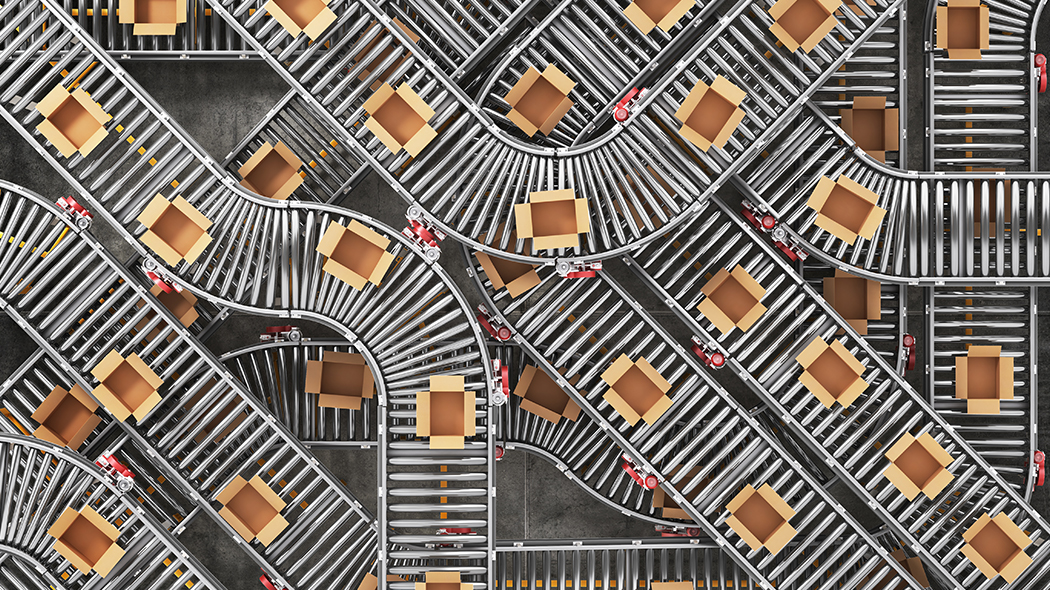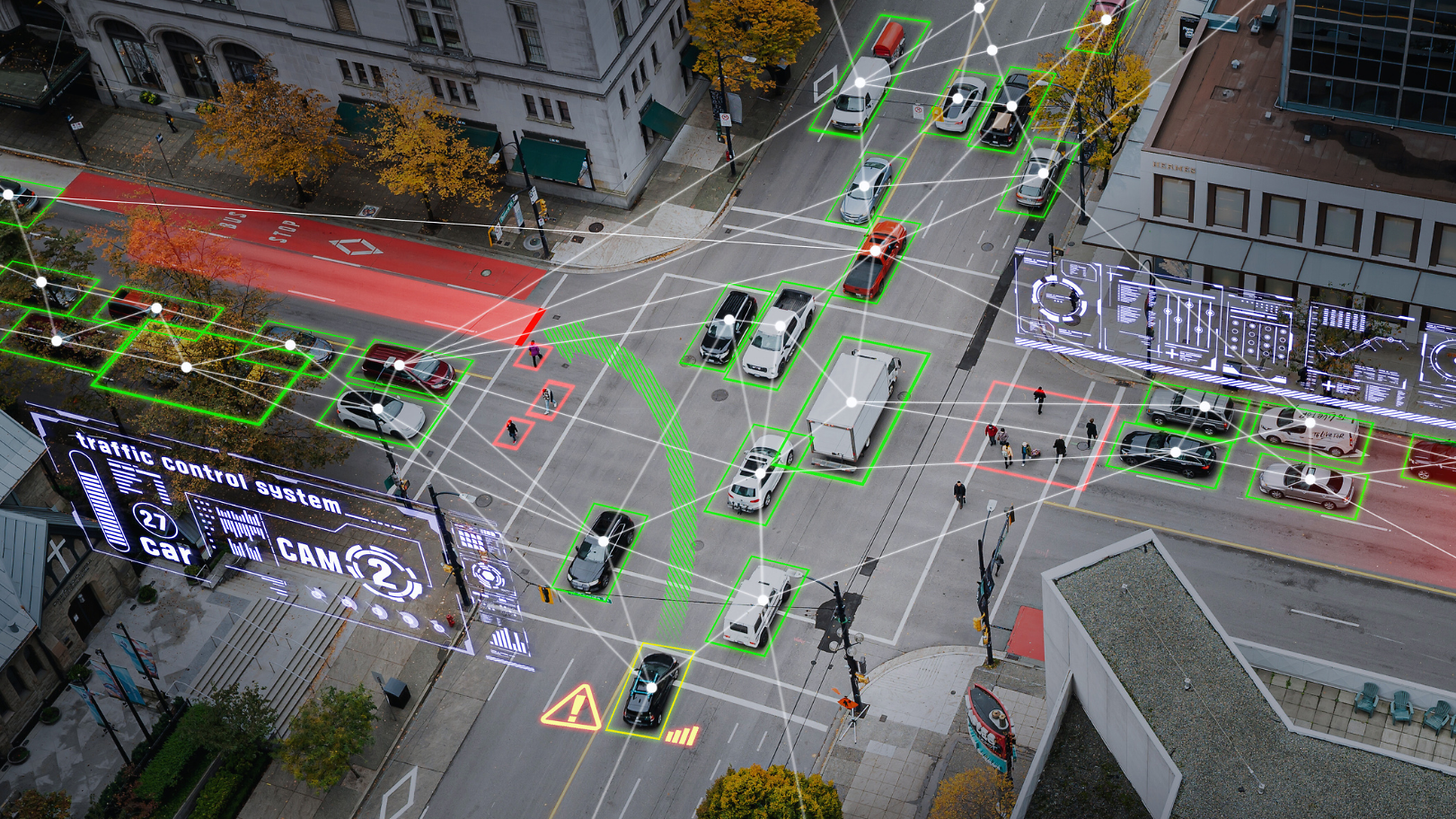Total Overview Thanks to Connected Logistics
04.10.2021 by Pauline Batzer

With a shortage of skilled operatives, fragile supply chains, and rising costs, logistics enterprises face major challenges. Digital solutions based on the IoT are the answer.
It’s Thursday morning at the deliveries entrance to a large OEM works in North Rhine-Westphalia. At peak periods one truck after another is lined up; today there is just a single semitrailer there. Its assignment is to load production components for a globally active automobile manufacturer and deliver them to the customer about three hours later. The smartphone is buzzing and a push notification tells the truck driver which loading bay is free. An IoT solution and an app ensure that the transportation specialists can pick up their load without lengthy waiting times. A good 300 kilometers further south an automated message notifies the haulage company’s scheduler that the driver has arrived at the works and is starting to load the components. The warehouse operatives use modern picking solutions and have the order lined up quickly. They need only to check the freight papers digitally, so the driver can hit the road again after a short while. The schedulers see on a tracking solution dashboard that the shipment is on the way and can pass on the good news to the customer without delay.




